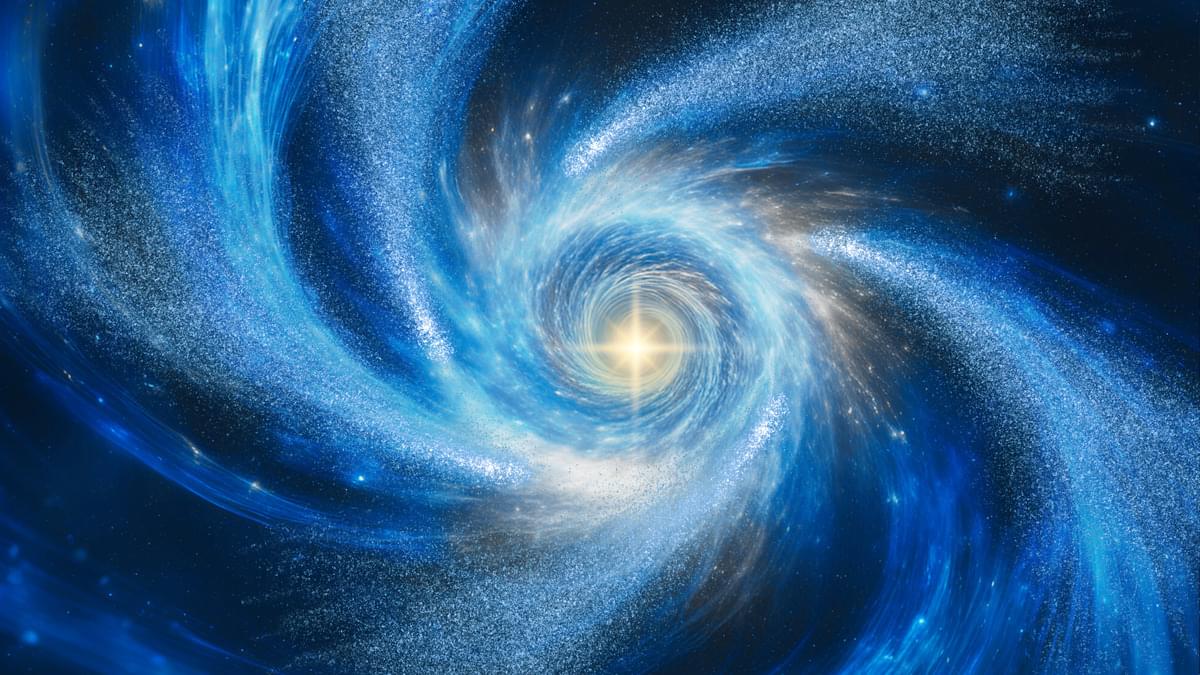A quantum processor solved a problem in 20 minutes that would take a supercomputer millions of years. A supercomputer then did a part of it in about 2 hours.



Sunburns and aging skin are obvious effects of exposure to harmful UV rays, tobacco smoke and other carcinogens. But the effects aren’t just skin deep. Inside the body, DNA is literally being torn apart.
Understanding how the body heals and protects itself from DNA damage is vital for treating genetic disorders and life-threatening diseases such as cancer. But despite numerous studies and medical advances, much about the molecular mechanisms of DNA repair remains a mystery.
For the past several years, researchers at Georgia State University have tapped into the Summit supercomputer at the Department of Energy’s Oak Ridge National Laboratory to study an elaborate molecular pathway called nucleotide excision repair (NER). NER relies on an array of highly dynamic protein complexes to cut out (excise) damaged DNA with surgical precision.
Four minutes. Imagine what you can accomplish in four minutes. Make coffee? Read half an article? Send a few text messages?
For most of us, four minutes pass in a heartbeat. Yet during those same four minutes, a quantum computer recently performed calculations that would have kept a conventional supercomputer busy for 2.6 billion years.
Scientists achieved something magical—compressing billions of years of computation into minutes. Such power shifts our understanding of what’s possible. Quantum computing won’t just change how we process information; it will transform medicine, climate science, materials design, and countless other fields we rely on daily.
Can Tesla REALLY Build Millions of Optimus Bots? ## Tesla is poised to revolutionize robotics and sustainable energy by leveraging its innovative manufacturing capabilities and vertical integration to produce millions of Optimus bots efficiently and cost-effectively ## Questions to inspire discussion ## Manufacturing and Production.
S low model count strategy benefit their production? A: Tesla s speed of innovation and ability to build millions of robots quickly gives them a key advantage in mass producing and scaling manufacturing for humanoid robots like Optimus. + s factory design strategies support rapid production scaling? A: Tesla## Cost and Efficiency.
S vertical integration impact their cost structure? A: Tesla s AI brain in-house, Tesla can avoid paying high margins to external suppliers like Nvidia for the training portion of the brain. +## Technology and Innovation.
S experience in other industries benefit Optimus development? A: Tesla s own supercomputer, Cortex, and AI training cluster are crucial for developing and training the Optimus bot## Quality and Reliability.
S manufacturing experience contribute to Optimus quality? A: Tesla## Market Strategy.
S focus on vehicle appeal relate to Optimus production? A: Tesla## Scaling and Demand.

NVIDIA may have just revolutionized computing forever with the launch of DIGITS, the world’s first personal AI supercomputer. By harnessing the power of GPU-accelerated deep learning—the same technology that drives top-tier high-performance computing (HPC) clusters—DIGITS shrinks massive supercomputing capabilities into a desktop-friendly system.
This compact yet powerful platform enables data scientists, researchers, and developers to rapidly train, test, and refine complex neural networks using NVIDIA’s state-of-the-art GPUs and software ecosystem. Built for deep learning, machine learning, and big data analytics, DIGITS seamlessly integrates tensor cores, parallel processing, and accelerated computing into a single, plug-and-play solution.

A new quantum computing breakthrough has sent shockwaves through the tech world. Researchers at USTC unveiled Zuchongzhi-3, a 105-qubit machine that processes calculations at speeds that dwarf even the most powerful supercomputers. It marks another leap forward in the quest for quantum supremacy, with the team demonstrating computational power orders of magnitude beyond Google’s latest results.


Chinese scientists unveiled a superconducting quantum computer prototype named “Zuchongzhi 3.0” with 105 qubits on Monday (Beijing Time), marking a breakthrough in China’s quantum computing advancements.
The achievement also sets a new record in quantum computational advantage within superconducting systems.
Developed by Chinese quantum physicists Pan Jianwei, Zhu Xiaobo, Peng Chengzhi, etc., “Zuchongzhi 3.0” features 105 readable qubits and 182 couplers. It processes quantum random circuit sampling tasks at a speed quadrillion times faster than the world’s most powerful supercomputer and 1 million times faster than Google’s latest results published in Nature in October 2024.

Zuchongzhi-3, a superconducting quantum computing prototype with 105 qubits and 182 couplers, has made significant advancements in random quantum circuit sampling. This prototype was successfully developed by a research team from the University of Science and Technology of China (USTC).
This prototype operates at a speed that is 1015 times faster than the fastest supercomputer currently available and one million times faster than the latest results published by Google. This achievement marks a milestone in enhancing the performance of quantum computation, following the success of Zuchongzhi-2. The research findings have been published as the cover article in Physical Review Letters.
Quantum supremacy is the demonstration of a quantum computer capable of performing tasks that are infeasible for classical computers. In 2019, Google’s 53-qubit Sycamore processor completed a random circuit sampling task in 200 seconds, a task that would have taken approximately 10,000 years to simulate on the world’s fastest supercomputer at the time.

Using the Frontier supercomputer, researchers have cracked a major challenge in nuclear physics: accurately predicting nuclear structure and forces at an unprecedented level of detail.
Their discoveries, including new insights into the shape-shifting nature of the 30-neon nucleus, could revolutionize scientific fields ranging from quantum mechanics to national security.
Revolutionizing Nuclear Predictions with Frontier.